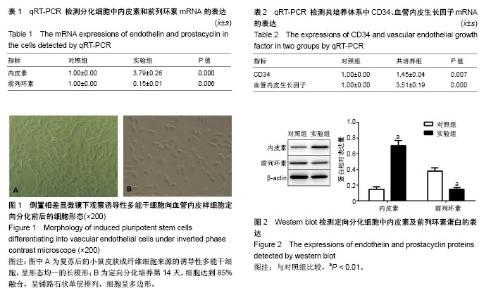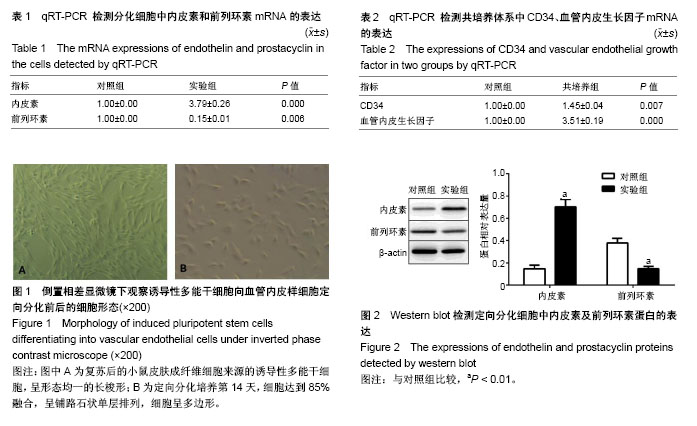| [1] Rombouts C, Giraud T, Jeanneau C, et al. Pulp Vascularization during Tooth Development, Regeneration, and Therapy. J Dent Res. 2017;96(2):137-144. [2] Habelitz S. Materials engineering by ameloblasts. J Dent Res. 2015;94(6):759-767. [3] Seo JY, Park YJ, Yi YA, et al. Epigenetics: general characteristics and implications for oral health. Restor Dent Endod. 2015;40(1):14-22. [4] Liu Y, Olsen BR. Distinct VEGF functions during bone development and homeostasis. Arch Immunol Ther Exp (Warsz). 2014;62(5):363-368. [5] Paes BCMF, Moço PD, Pereira CG, et al. Ten years of iPSC: clinical potential and advances in vitro hematopoietic differentiation. Cell Biol Toxicol. 2017;33(3):233-250. [6] Kim EJ, Kang KH, Ju JH. CRISPR-Cas9: a promising tool for gene editing on induced pluripotent stem cells. Korean J Intern Med. 2017;32(1):42-61. [7] Smith AS, Macadangdang J, Leung W, et al. Human iPSC-derived cardiomyocytes and tissue engineering strategies for disease modeling and drug screening. Biotechnol Adv. 2017;35(1):77-94. [8] Suh W. A new era of disease modeling and drug discovery using induced pluripotent stem cells. Arch Pharm Res. 2017; 40(1):1-12. [9] Ratajczak MZ, Bujko K, Wojakowski W. Stem cells and clinical practice: new advances and challenges at the time of emerging problems with induced pluripotent stem cell therapies. Pol Arch Med Wewn. 2016;126(11):879-890. [10] Kumar D, Anand T, Kues WA. Clinical potential of human-induced pluripotent stem cells: Perspectives of induced pluripotent stem cells. Cell Biol Toxicol. 2017;33(2): 99-112. [11] Sunil PM. Induced pluripotent stem cells in dentistry. J Pharm Bioallied Sci. 2016;8(Suppl 1):S23-S27. [12] Garcia-Martinez J, Bakker B, Schukken KM, et al. Aneuploidy in stem cells. World J Stem Cells. 2016 6; 8(6):216-222. [13] Andreasen FM, Kahler B. Pulpal response after acute dental injury in the permanent dentition: clinical implications-a review. J Endod. 2015;41(3):299-308. [14] Javed F, Al-Kheraif AA, Romanos EB, et al. Influence of orthodontic forces on human dental pulp: a systematic review. Arch Oral Biol. 2015;60(2):347-356. [15] 胡继宏,贾佳,路娟,等.低氧下血管内皮细胞生长因子转染人骨髓间充质干细胞向血管内皮样细胞的分化[J].中国组织工程研究, 2017,21(9):1352-1356.[16] 杨文娟,洪泽,严思敏,等.氧化应激对血管活性物质的影响及其机制研究进展[J].药学研究,2015,34(12):726-730.[17] Pusztaszeri MP, Seelentag W, Bosman FT. Immunohistochemical expression of endothelial markers CD31, CD34, von Willebrand factor, and Fli-1 in normal human tissues. J Histochem Cytochem. 2006;54(4):385-395. |

